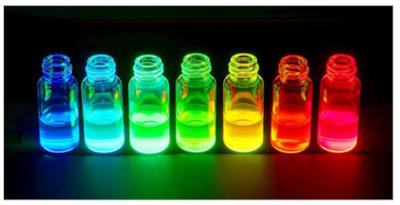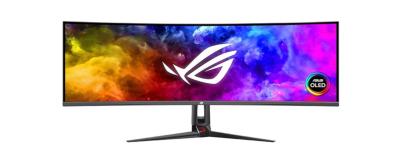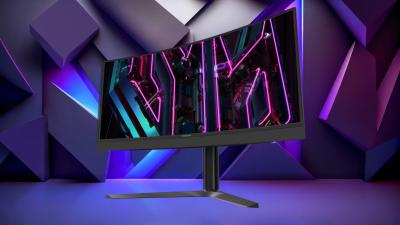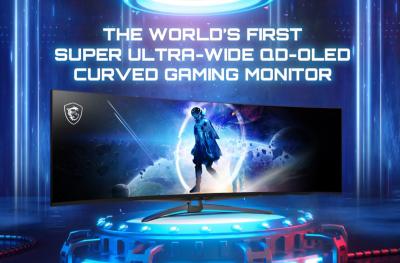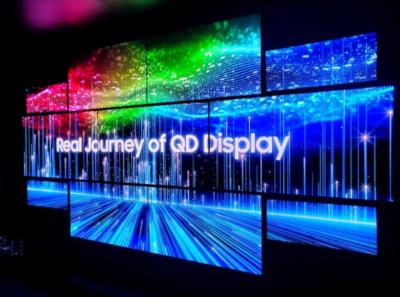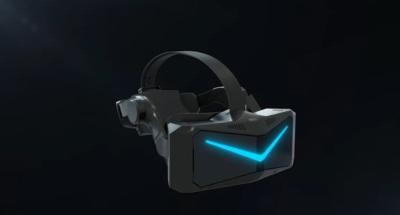Canon announces new quantom-dot inks tailored for next-gen display applications
Canon announced that it has developed new perovskite quantum-dot inks for use in next-generation displays, with improved durability and potential for application in high-image-quality displays.
Canon's new perovskite quantum-dot inks are cadmium free, and thanks for Canon's proprietary technologies, the QDs feature protective shell that enables high lifetime and efficiency. Canon's QDs are about 20% more efficient in light converstion compared to standard QDs, and cover 94.4% of the BT.2020 color gamut - higher than regular InP quantum-dot inks (that usually cover around 88% of the same color gamut).
